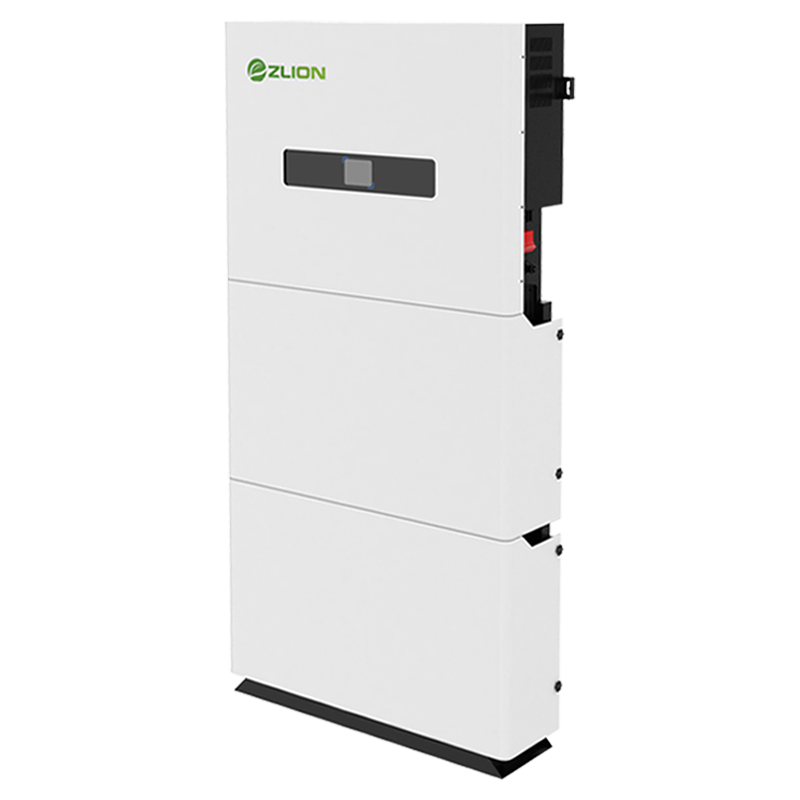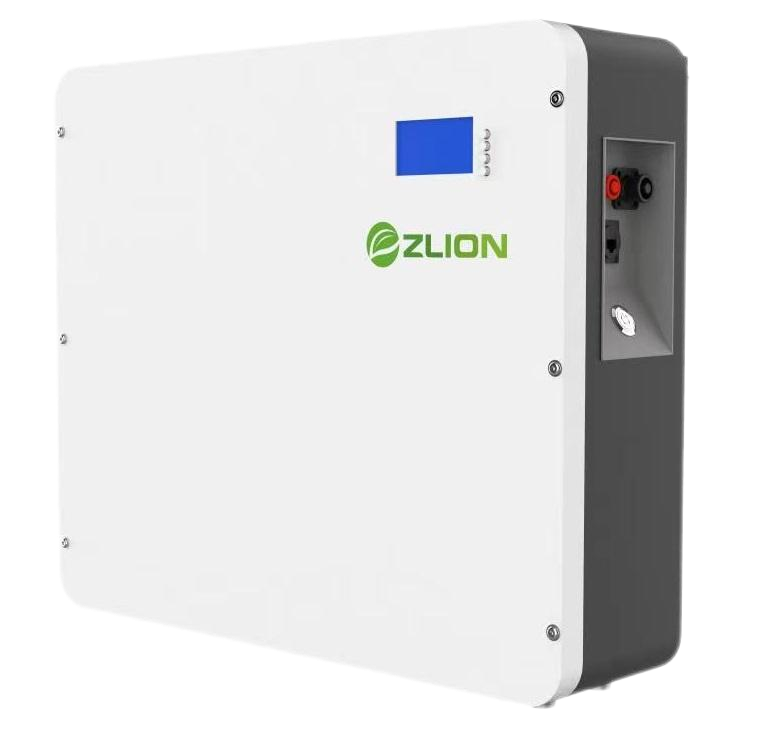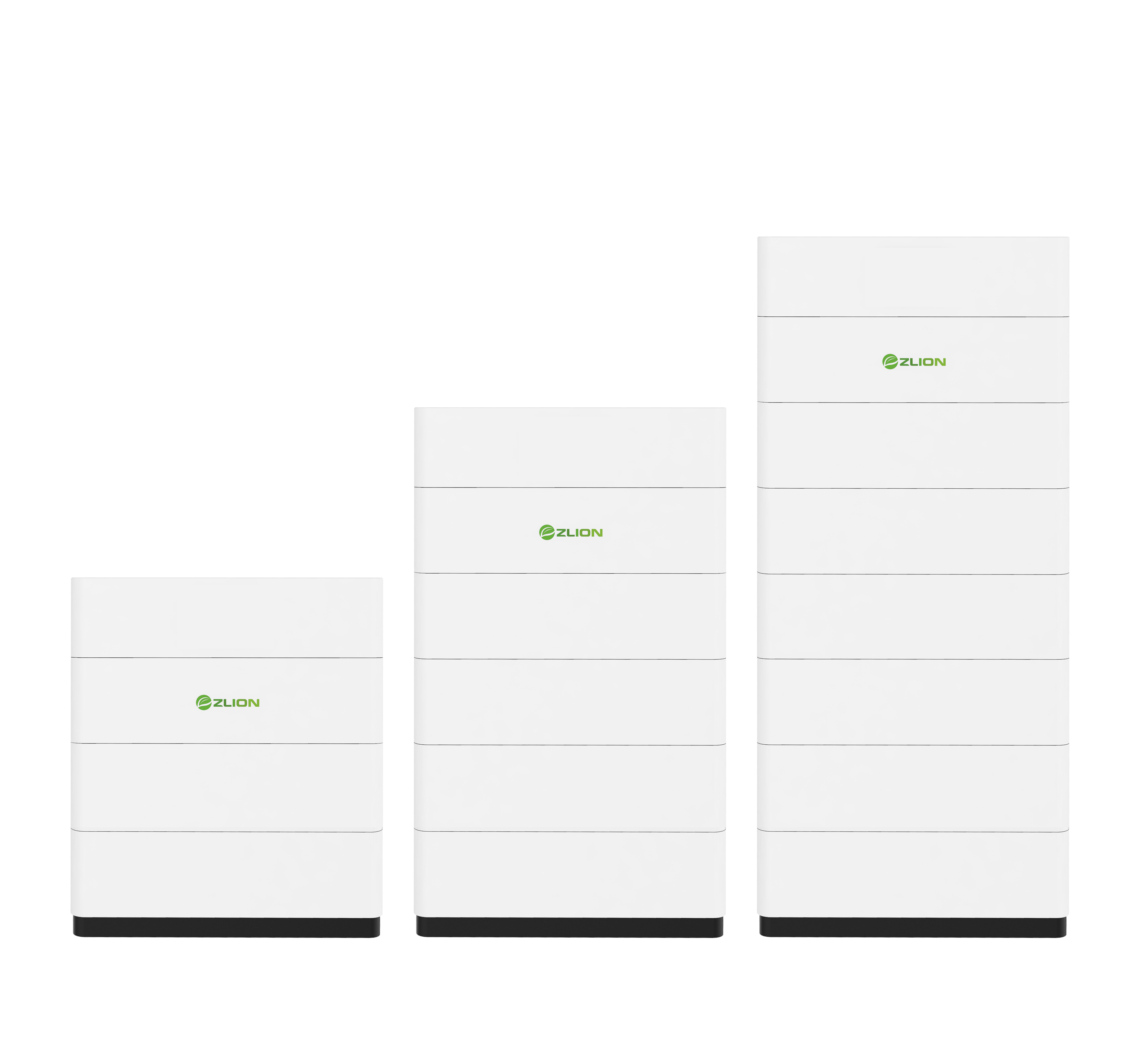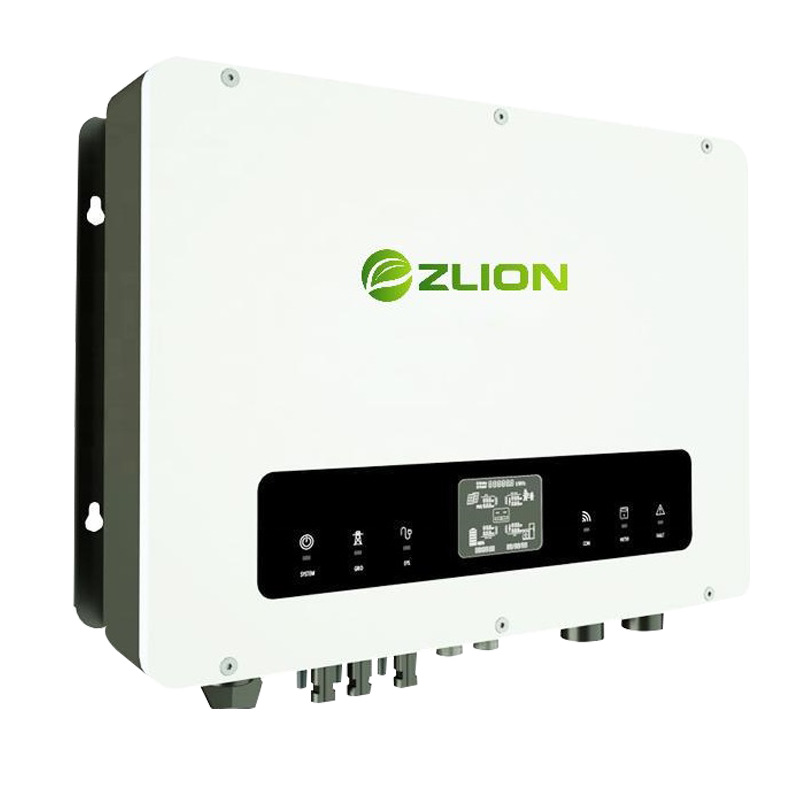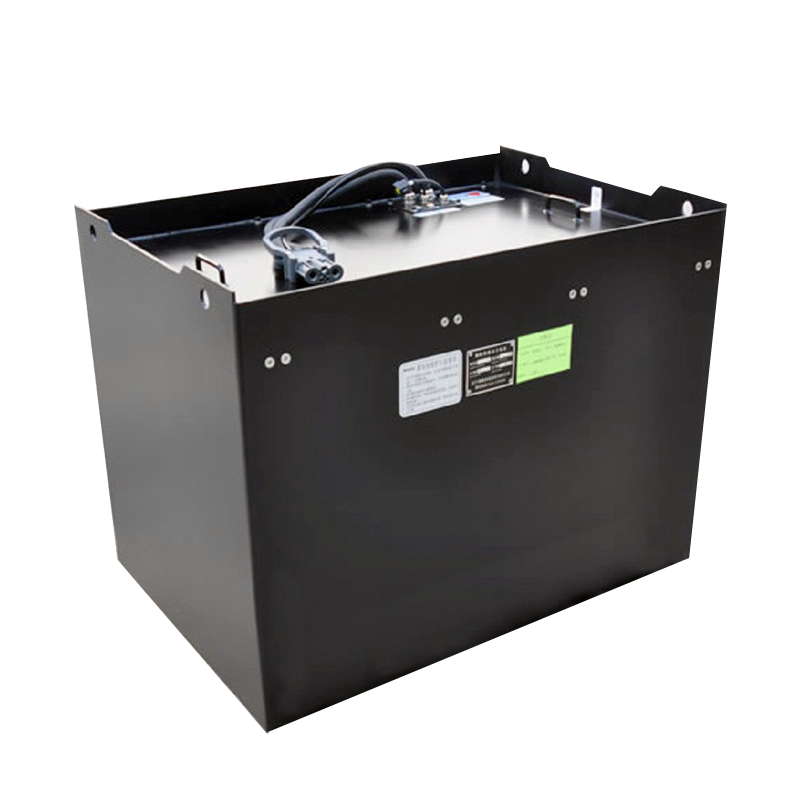Forklift lithium batteries are generally safe during use, but in order to ensure their safety, a series of preventive measures and management means must be taken. The following is a detailed introduction to the safety of forklift lithium batteries and its related safety measures:
The safety of forklift lithium battery
1. High stability. Batteries, especially those made of lithium iron phosphate (LiFePO₄), have high chemical and thermal stability. They are not prone to overheating or spontaneous combustion.
2. Long life and durability: high-quality lithium batteries usually have a long cycle life, reducing the risk of frequent battery replacement.
3. Multiple protection mechanism: Built-in battery management system (BMS) can monitor the battery status in real time, and provide a variety of protection functions, such as overcharge protection, overdischarge protection, short circuit protection, etc.
Security measures
1. Battery Management System (BMS)
• Real-time monitoring: BMS can monitor the battery's voltage, current, temperature and other parameters to ensure that the battery is always in a safe working range.
Automatic regulation: When an abnormal situation is detected, the BMS takes immediate action, such as reducing the charge rate, cutting off the power, or issuing an alarm to prevent a potential hazard.
2. Physical protection
• Strong case: Lithium batteries are typically enclosed in a strong metal case to protect the internal components from external shocks and vibrations.
• Waterproof and dustproof design: Many lithium batteries have a certain waterproof and dustproof ability, suitable for a variety of harsh working environments.
3. Operation specifications
• Staff training: Ensure that all operators are professionally trained on the proper use and maintenance of lithium batteries and charging equipment.
• Follow instructions: Operate strictly in accordance with the user manual provided by the manufacturer to avoid risks caused by improper use.
4. Environmental control
• Appropriate temperature: Keep the operating environment temperature within the recommended range (generally 20°C to 35°C), too high or too low temperature may affect battery performance and even cause safety hazards.
• Good ventilation: Ensure that the charging area has good air circulation to help dissipate heat and reduce the possibility of combustible gas buildup.
5. Regular inspection and maintenance
• Routine check: Check the battery appearance and cables before use every day to find and handle problems in a timely manner.
• Periodic maintenance: More in-depth inspection and maintenance at the manufacturer's recommended intervals, including cleaning, calibrating sensors, etc.
6. Emergency response
• Equipped with fire extinguishing equipment: Place appropriate fire extinguishers near the charging station for quick response in case of fire.
• Develop emergency plans: Establish a sound accident handling process, clarify the division of responsibilities, and ensure that emergency situations can be dealt with quickly and effectively.

